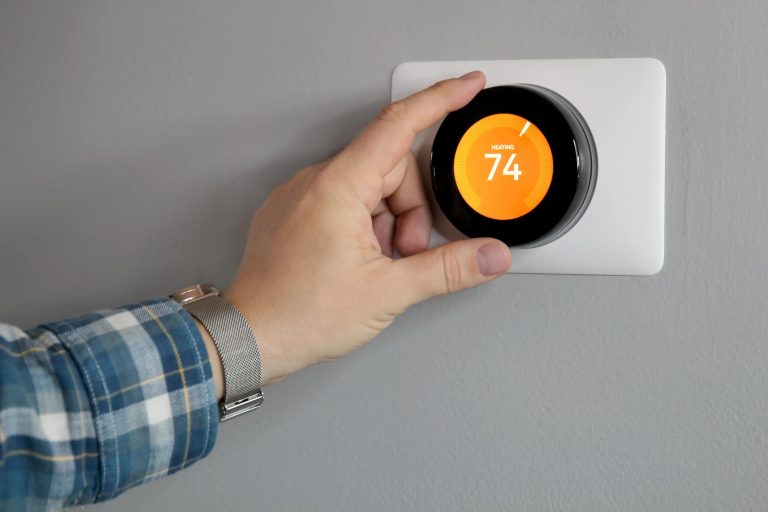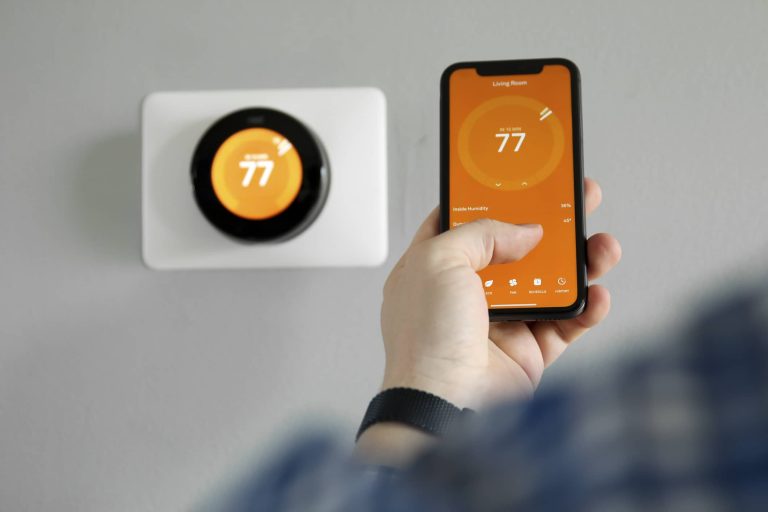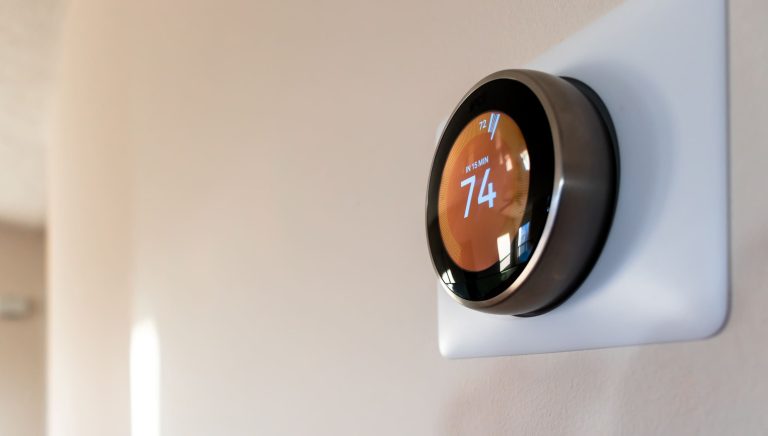Program Your Thermostat in 4 Easy Steps
- Mark Pfeiffer
- Nov 2, 2022
- 4 min read
Updated: Apr 15
Do the controls on your thermostat leave you feeling frustrated or confused? If so, you’re not alone! Whether you have a programmable model or a smart thermostat, setting a schedule isn’t always as clear as it should be—but it’s worth doing because it can help you save money on energy bills.
Although some smart thermostats can “learn” and create a schedule by manually imputing a few days’ worths of temperature settings, most of them need you to program a schedule with your desired temperatures. This is usually done through a smartphone app rather than through the thermostat itself. Although it may feel like a daunting task, setting a schedule isn’t that difficult as long as you understand the programming process.

How to Program Your Thermostat
Know Your Thermostat’s Schedule
Before you start programming your thermostat, you’ll need to know what its scheduling allows. For example, does it allow you to schedule temperatures on a daily, weekly, and/or weekday and weekend basis?
If it lets you set a daily schedule, you can program a different schedule for each day of the week; a weekly schedule will allow you to set one schedule to use seven days a week. A weekday/weekend schedule will allow you to set one schedule for the weekdays and a separate one for the weekends. Nearly all programmable thermostats let you set daily schedules; many of them also offer weekday/weekend schedules.
After you’ve figured out which type of scheduling your thermostat uses, make a note of the following for each day of the week:
When you and your family typically wake up
When you leave home
When you return home
When you go to bed
This list will make it much easier to figure out scheduling when you’re ready to start programming your thermostat!
Select Your Temperature Settings
Next, you’ll want to jot down your preferred temperatures for different times of the day—generally, you’ll find these temperature settings listed as “home,” “away,” and “sleep” in your thermostat. To save the most money on heating and cooling costs, follow these guidelines from the Department of Energy:
Set your “away” and “sleep” temperatures at 4 to 6 degrees different from your “home” temperature; make sure to set this higher during the summer and lower in the winter.
During the summer, set your air conditioning as high as is comfortable for when you’re home and higher when you’re gone.
During the winter, set your “home” temperature to 68° F.
Make sure to update your schedule as the seasons change.

Create Your Schedule in the Thermostat
Once you have your family’s schedule and your preferred temperatures, you can start programming your thermostat. If you’re using a daily schedule, you’ll need to do the following process seven times; for weekly schedules, you’ll only need to do it once. For weekday and weekday schedules, you’ll need to do it two to three times, depending on your model.
Start by checking your owner’s manual to find out how to access the scheduling feature. If you don’t have the manual anymore, you can often find a copy online by searching for the manufacturer and model number.
Select a day of the week and put in the time when you want the first period of the day to start and the temperature you’d like it to be during that period.
Set the next period and temperature; repeat until you’ve set a schedule for the entire day. Note: some models will let you copy the schedule you set and apply it to the following days.
If you have a smart thermostat, it should have a scheduler builder feature in the app that will walk you through the steps.
Start the Schedule
After you’ve set up the schedule, you’ll need to activate it. Regardless of the type of thermostat you have, there should be a button to enable the schedule, or it will say “hold” on the display. Push the hold button, and your new schedule should be active.
Setting a schedule for your thermostat according to the Department of Energy’s guidelines will keep you comfortable year-round and help you save up to 10% on your energy bills, if you select set points that are not too extreme.
Turn your thermostat to 80 degrees in the summer when you are away at work, then set it to 72 when you get home. The effect of a high (or very low temp in the winter) is that every item in your living space; furniture, walls, floors and ceils will reach that temperature by the time you get home. This means everything in your living space will have to reach the desired “at home” temperature before you feel the effects.

To achieve this temperature your system will run constantly for about 4 hours or more depending upon the efficiency of the system. Setting the thermostat closer to the 72 desired when you are at home….74/76 degrees, then it will run less overall, because of run time during the day. With the rising cost of energy, it can help you save a significant amount of money in the long run.
PECO is Here to Help
Hopefully, this has made you feel more confident about programming your thermostat! However, if you can’t find the owner’s manual to get into the schedule settings, or you’re still having trouble getting your schedule set up, we’re always here to help! We can also assist you with troubleshooting issues with your thermostat, installing a new thermostat, and much more. Contact PECO Heating & Cooling today at 864-639-2424 or schedule a service appointment online!



コメント